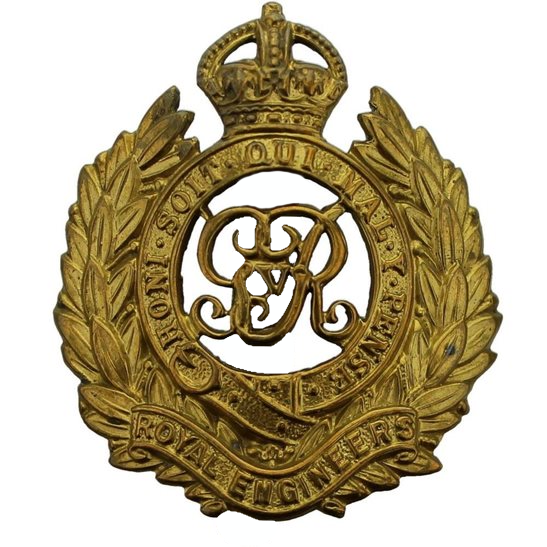Personal Details
Born: 9 July 1883.
Family: The fourth son of Samuel and Ellen Duckers of 6 Castle Hill, Whitchurch, Shropshire. Albert married Lucy Elizabeth Hughes on the 3 July 1912 and together they had 5 children – Annie Jane (born 25/03/1909), Arthur (born 24/12/1910), Thomas (born 18/10/1912), Albert (born 16/06/1914) and MacDonald (born 09/04/1918).
Residence: Albert lived at 6 Castle Hill through his life until at least 1939.
Civilian Occupation: Albert followed in his brother’s footsteps and became a bricklayer by trade.
Died: On 22 August 1955.
Military Details
Regiment: Royal Engineers (previously King’s Shropshire Light Infantry and The Queen’s Regiment)
Rank: Private
Service Number: 619910 (previously 5261 and 205007)
Date of Enlistment: 10 December 1915
Date of Discharge: 15 October 1919
Reason for Discharge: Demobilisation
Other Information: He was wounded in action in November 1917 and was transferred back to England. He returned to Europe in August 1918.
Albert was awarded the Campaign Medals (British War Medal, and Victory Medal).

The British War Medal (also known as 'Squeak') was a silver or bronze medal awarded to officers and men of the British and Imperial Forces who either entered a theatre of war or entered service overseas between 5th August 1914 and 11th November 1918 inclusive. This was later extended to services in Russia, Siberia and some other areas in 1919 and 1920. Approximately 6.5 million British War Medals were issued. Approximately 6.4 million of these were the silver versions of this medal. Around 110,000 of a bronze version were issued mainly to Chinese, Maltese and Indian Labour Corps. The front (obv or obverse) of the medal depicts the head of George V. The recipient's service number, rank, name and unit was impressed on the rim.
The Allied Victory Medal (also known as 'Wilfred') was issued by each of the allies. It was decided that each of the allies should each issue their own bronze victory medal with a similar design, similar equivalent wording and identical ribbon. The British medal was designed by W. McMillan. The front depicts a winged classical figure representing victory. Approximately 5.7 million victory medals were issued. Interestingly, eligibility for this medal was more restrictive and not everyone who received the British War Medal ('Squeak') also received the Victory Medal ('Wilfred'). However, in general, all recipients of 'Wilfred' also received 'Squeak' and all recipients of The 1914 Star or The 1914/1915 Star (also known as 'Pip') also received both 'Squeak' and 'Wilfred'. The recipient's service number, rank, name and unit was impressed on the rim.

